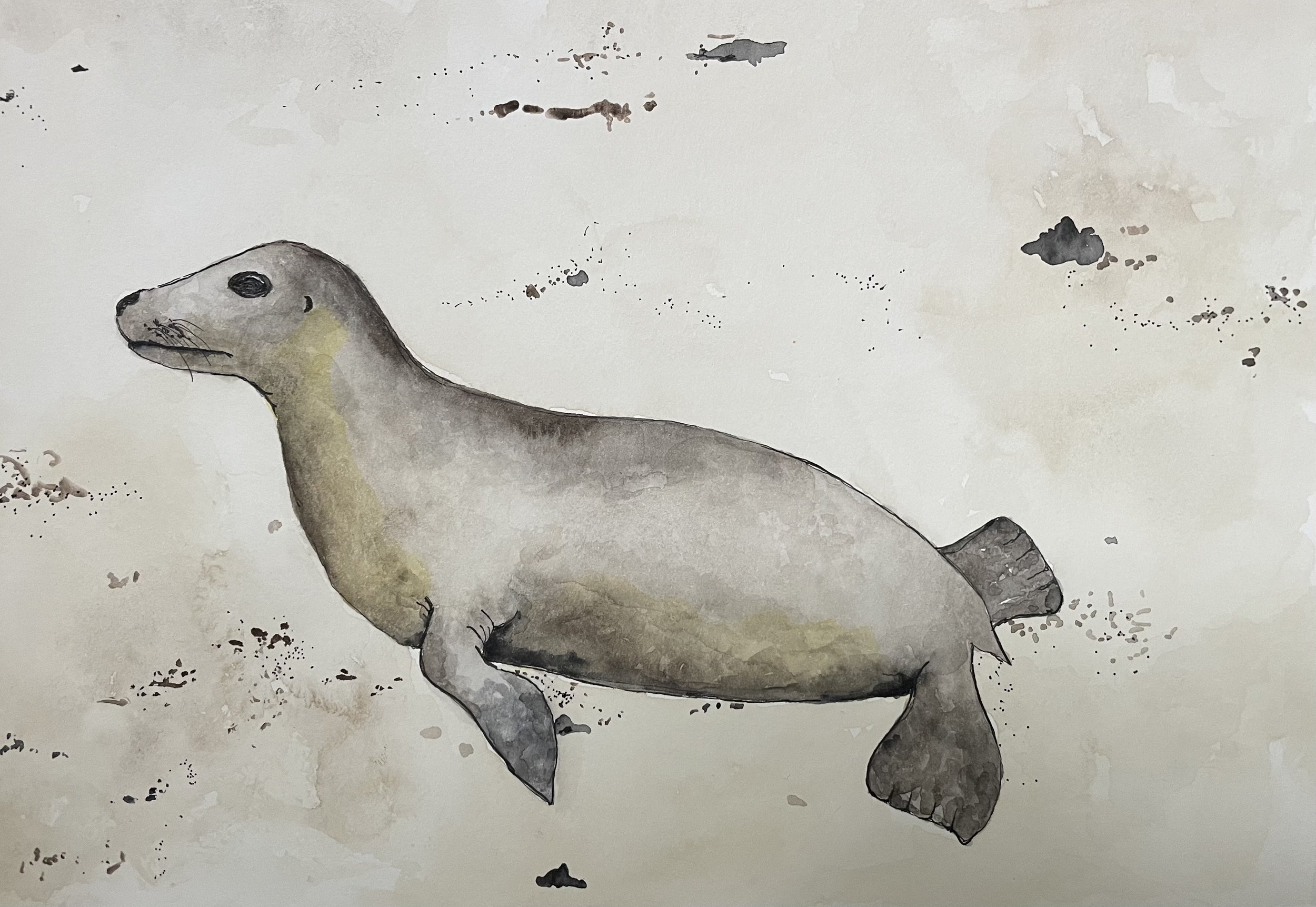J is for Japanese Sea Lion
Japanese Sea Lion
Zalophus japonicus
Where it lived: the waters of the northwest Pacific, likely off the coasts of Japan, the Korean peninsular, and Russia
Last seen in: 1951
Declared extinct by IUCN in: 1990/1994
Extinction causes:
hunting, primarily for their skins, organs, and oil
overharvesting for the circus trade
possible persecution by fisherman since they were viewed as competition
In the mid-nineteenth century, about 30,000–50,000 Japanese sea lions still lived in the northwest Pacific.
Once aggressive and unsustainable hunting started around 1900, these numbers rapidly fell. A new 2022 study estimates that “it took less than 10 years for a 70% decline” of the original population. By 1950, no more than 60 individuals remained.
Read more about the Japanese sea lion population decline and extinction in “The First Population Simulation for the Zalophus japonicus (Otariidae: Sea Lions) on Dokdo, Korea.”
